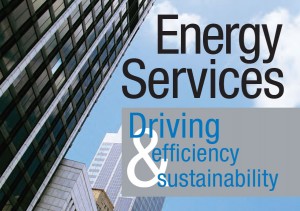One of the most effective strategies to employ in any energy savings program is to provide only the necessary amount of cooling or heating to each space (or zone). One strategy that allows a building operator to “tailor” the capacity to the zone needs is to utilize a supply air temperature reset strategy.
What is supply air temperature reset?
Supply air temperature reset is a control strategy that can be implemented in variable volume air handling systems (AHS) to reduce the overall energy expended to cool and deliver conditioned air to the zones being served by the central AHS.
How does supply air reset save money?
The supply air temperature set point can be increased during partial load conditions, which allows for a reduction in the energy consumed by a facility’s chiller. A direct digital control (DDC) system can incorporate programming to optimize and minimize the total amount of energy used between chillers and supply fans before making the decision to reset the supply air temperature and the magnitude or increments at which the temperature is reset. Energy is saved by allowing the chilled water set point to also increase, thereby producing an energy saving opportunity within the chilled water plant. Energy will also be saved because there will be less reheat required at the zone level for all non-critical zones.
Tips, tricks and considerations
This strategy will typically require the system to be controlled by a DDC system. Because the design supply air temperature set point and design air flows for each space are based upon a worst-case-scenario heat load, the number of hours the system is required to operate under these “design conditions” tends to be relatively few. It is often advantageous to reduce the amount of cooling capacity being delivered to the zone level. Supply air temperature reset will reduce cooling capacity delivered to the zone level.
A common approach to resetting the supply air temperature set point is to satisfy the most “critical zone” in the building. The “critical zone” can change based on time of day and the zone’s orientation to the solar load or unusual internal loads. The control system monitors all zones and measures the difference between the zone temperature set point and the actual space temperature. When the zones are near set point (satisfied) and air flow rates are below a certain prescribed level, the control system is allowed to incrementally raise the supply air to a higher temperature.
Have a question for our experts? Leave your comment below, check out our Energy Services page or contact our team directly at energy.services@mckenneys.com.





